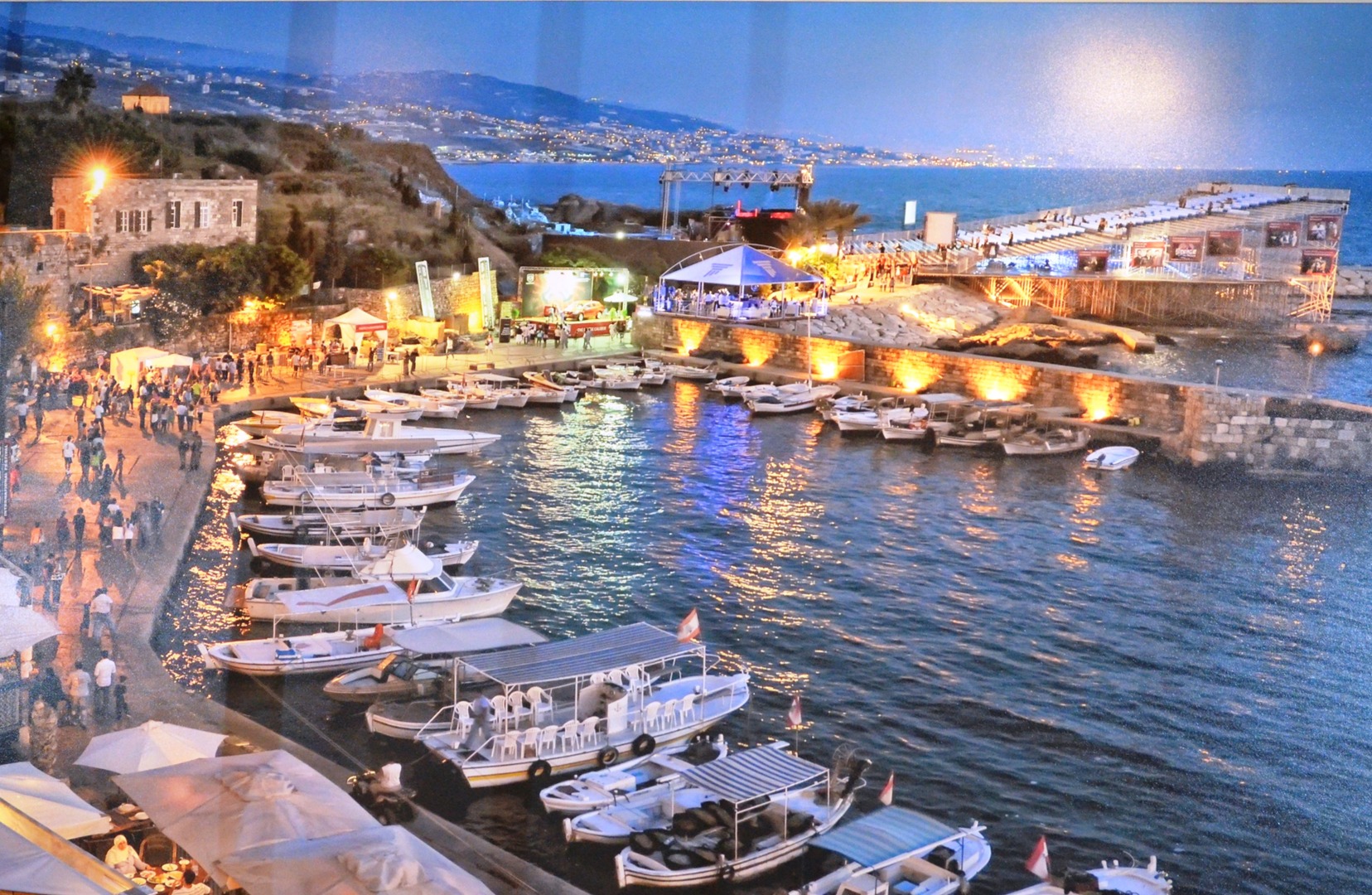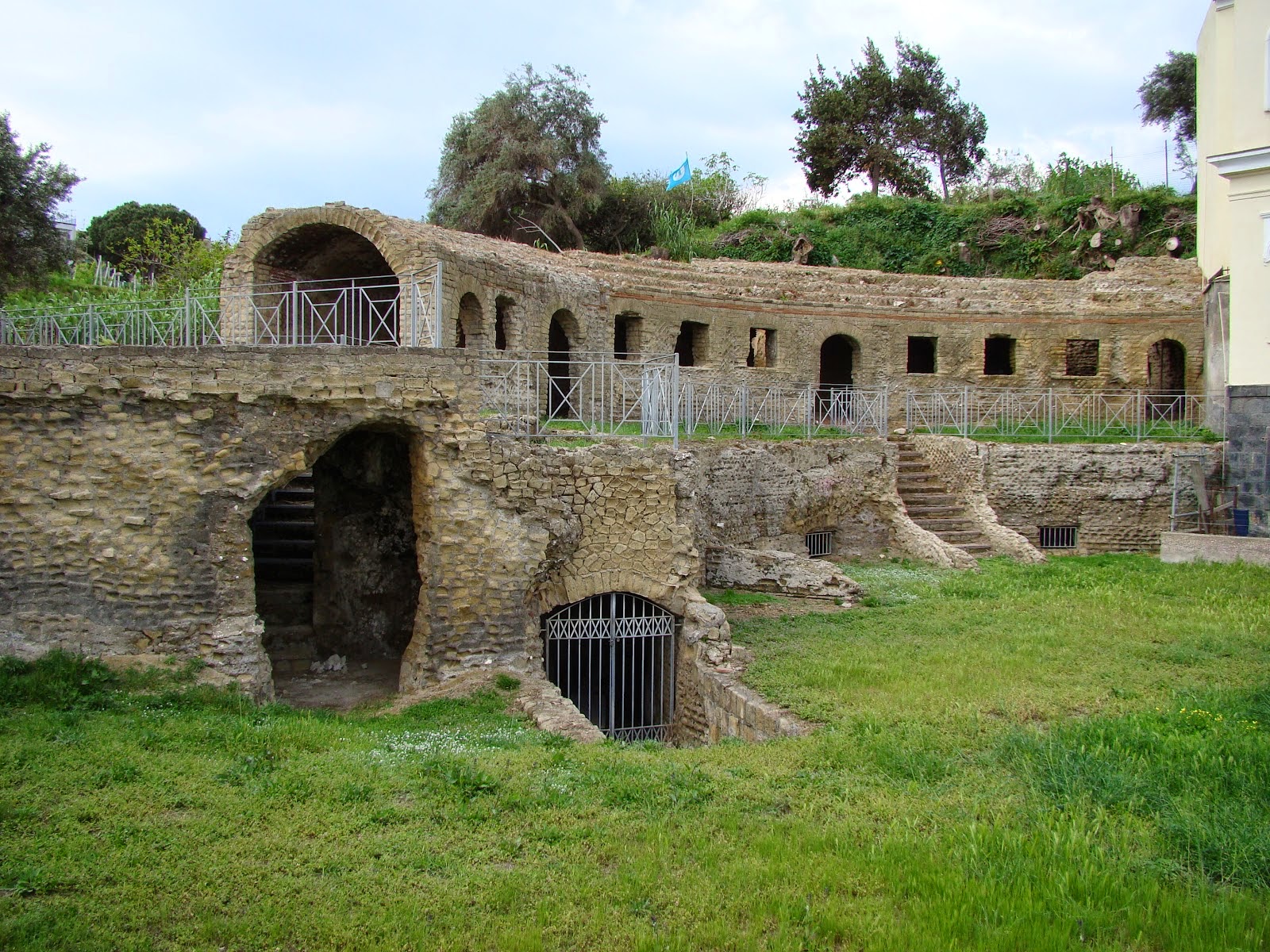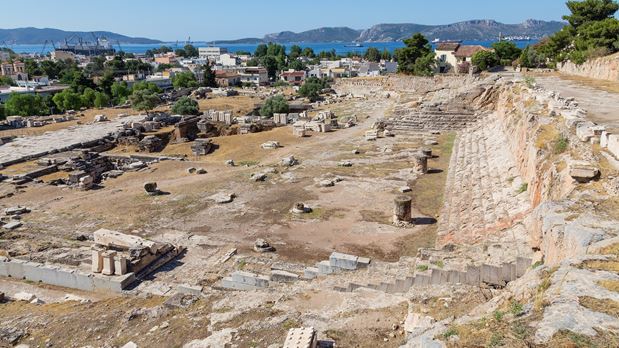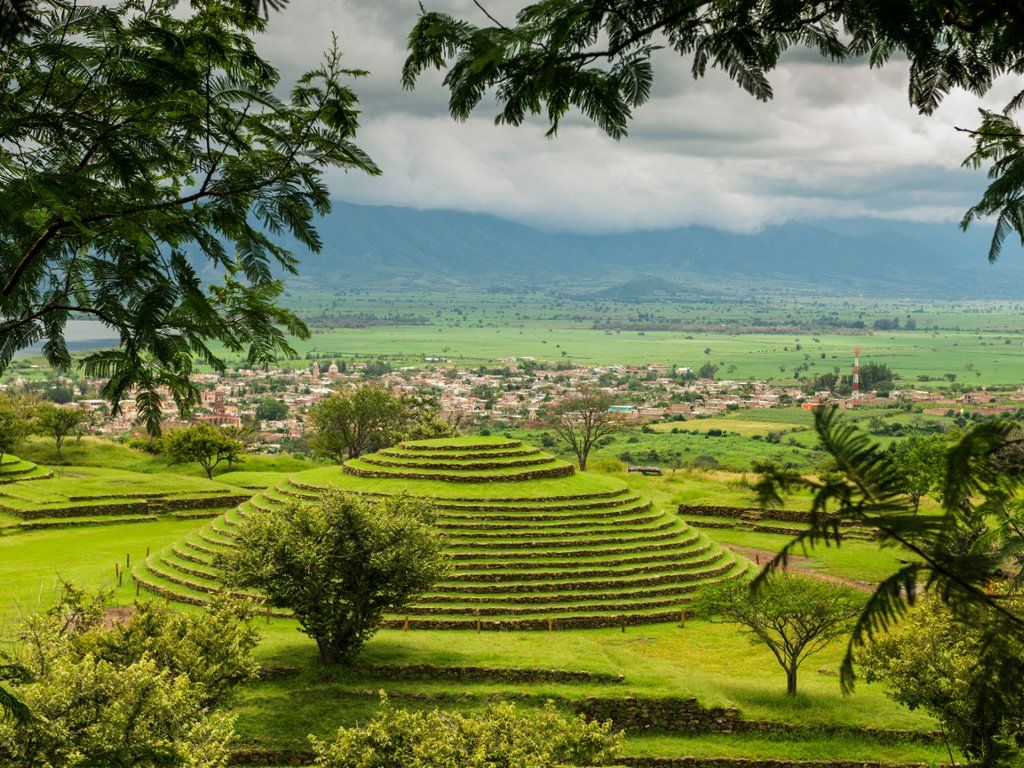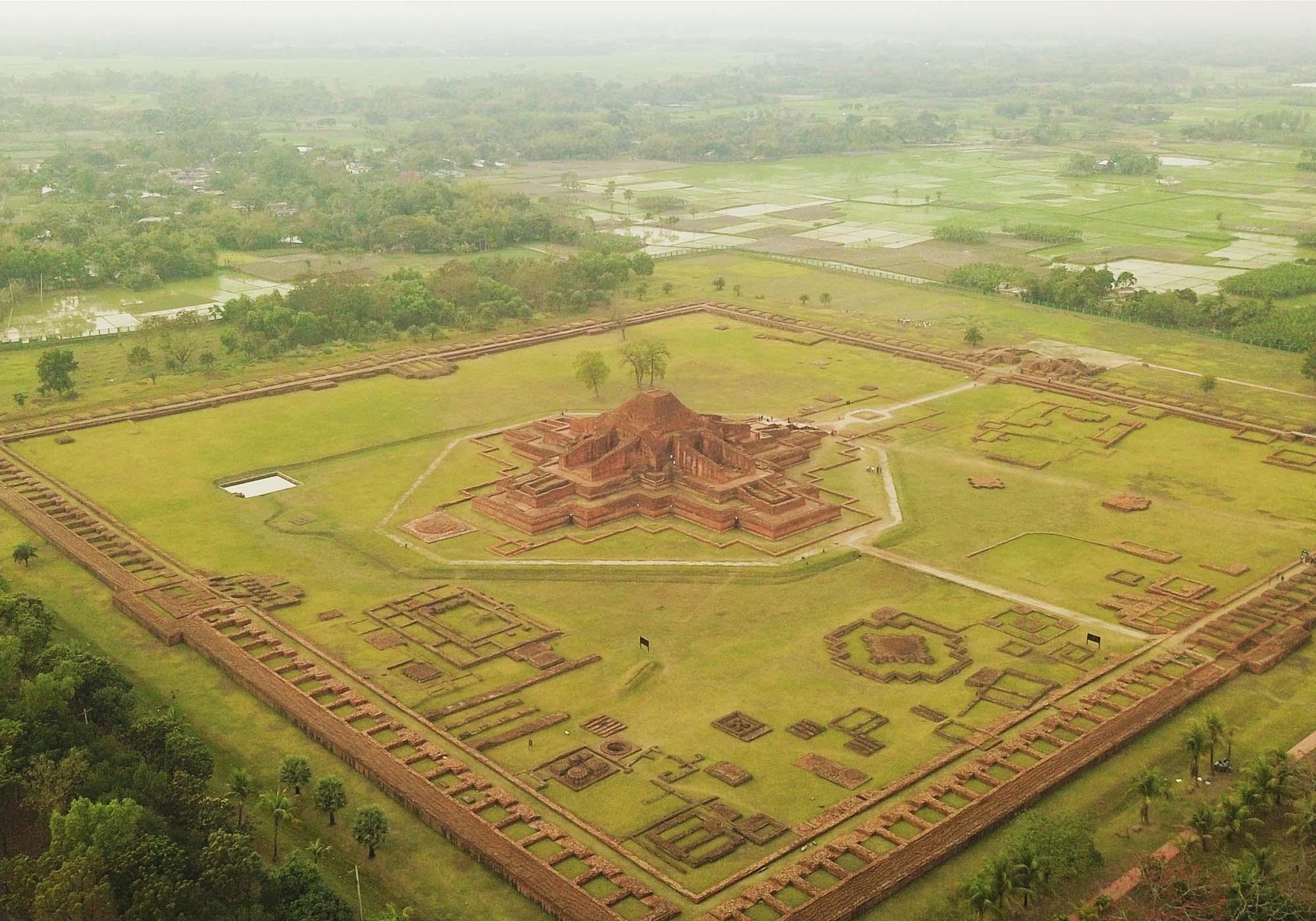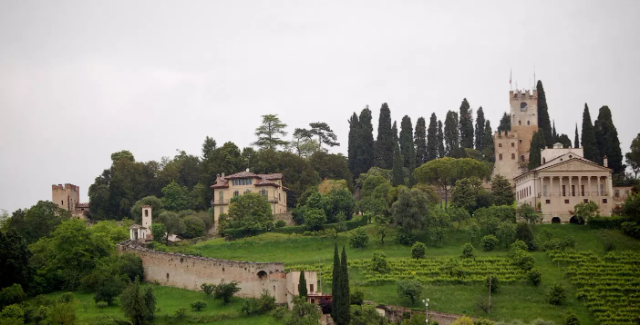Byblos (Jbail) in Lebanon is one of the world’s oldest continuously inhabited cities, as attested by the incredibly diverse ages of its ruins. Thought to have first inhabited sometime around the fifth millennium BC, Byblos began as a Neolithic village of fisherman.
Over time, Byblos would, amongst other things, become a Phoenician trading hub called Gublu, be taken by Alexander the Great in 333BC, be ruled by the Greeks (this as when it acquired its current name) and then fall to Pompey, becoming a Roman city in the 1st century BC. Byblos began to decline under the Byzantines, who took it in 399AD.
Today, Byblos bears the marks of all of these civilisations. Stone Age, Chalcolithic and Early Bronze Age dwelling sit side by side with a royal Phoenician necropolis and Roman sites such as a theatre, a road and nympheum. There is also a 12th century Crusader Castle, a reminder of when Byblos was conquered in 1104.
In addition to its fascinating ruins, Byblos is listed as a UNESCO World Heritage site for its contribution to modern language. In particular, Byblos is connected with the Phoenicians’ development of the predecessor of our alphabet. There’s plenty to see at Byblos, some in its main archaeological site, other elements dotted around its medieval town centre.
